The metal exchange is a profitable, albeit rather risky direction. I immediately recall the London Metal Exchange. It is located in the very center of London and has been functioning for about one and a half hundred years. Here are the largest futures and options transactions. The main assets, of course, are metals. On the exchange it is possible to conclude remote contracts for up to ten years, as well as three-month contracts. Exchange participants have the opportunity to use options or hedges of real deliveries.
London Stock Exchange History
In the mid-nineteenth century, England was the largest producer of metals such as copper and tin. Raw materials for this industry were supplied from different continents. Transporting it was a very risky undertaking, affecting pricing in the most significant way. After such communications as the telegraph and telephone appeared, manufacturers and traders began to be notified in advance of a more accurate delivery time. This enabled them to conclude contracts for the future. Trading volumes began to grow, traders have already met regularly to conclude transactions among themselves.
At first, their meeting place was a coffee shop, where transactions were made through a voice auction, and later they received another building in Lombard Court, where they were founded.
Thus, LME - the London Metal Exchange - was opened at Lombard Court in 1877. But in practice, it existed much earlier. The metals traded here were zinc, copper and lead.
The exchange received its official status in 1920 and grew quite rapidly before the outbreak of World War II. During the war years, it closed and again resumed its activities only in 1952. Over time, new ones began to be added to the already mentioned metals - aluminum, nickel, tin, aluminum alloys, steel and molybdenum with cobalt. So gradually the assortment of the exchange has become quite impressive, the cost today is about twelve trillion dollars.
Exchange Trading Time
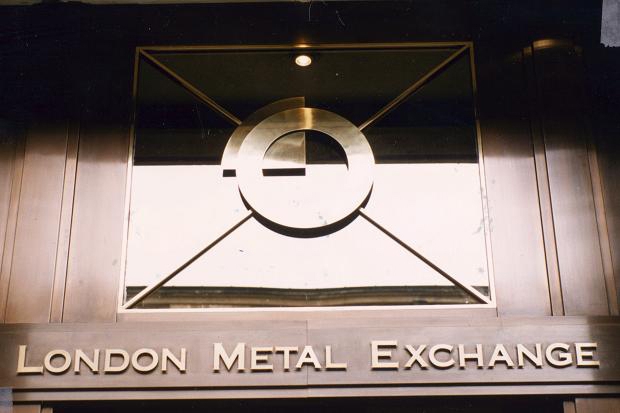
The London Metal Exchange for all of the above metals may issue futures or option contracts. To be able to trade on the exchange, you must work for one of the participants in the exchange. In the LME reports, if you wish, you can familiarize yourself with information about the volumes of metal available in warehouses at one time or another. This is a very convenient mechanism for manufacturers and consumers, as it makes it much easier to make the right decisions. Bidding lasts six hours a day from eleven forty to seventeen hours local time.
Session time
The main sessions today are morning and afternoon. For the period of one session, you can trade metals, the total number of which does not exceed nine items. About five minutes is given for the contract and ten minutes for the rest. In total, trades have fourteen five-minute circles in the morning and afternoon. After the morning session, exchange prices are published, which will be considered valid during the afternoon session. At the end of both sessions, OTC trading begins, lasting one and a half hours and forty-five minutes. This is the most active trading period. futures and options.
Voice auction
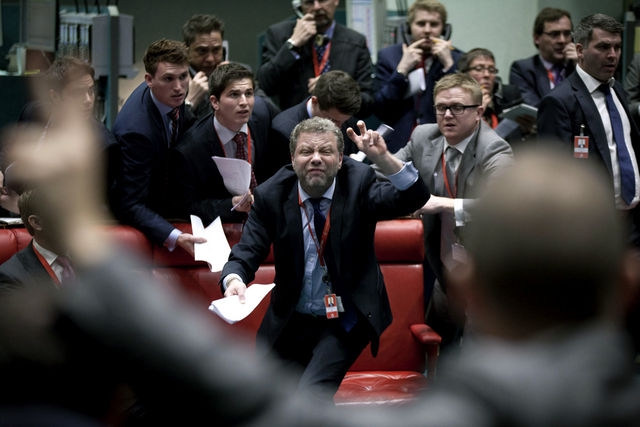
This method on the exchange is one of the most popular and oldest and serves as one of the main pricing factors. The cost of metal on the London Stock Exchange is formed in a certain period through an open voice auction.Its participants are the largest representatives both from manufacturers and consumers. After a signal indicating the end of the trading time, the price of contracts is fixed, which was exactly at that point in time.
Ring Dealing Members - who is it?
They are those market participants who have the most rights and are members of the London Clearing House. The list of these participants is large and includes about a hundred companies.
London precious metals exchange. Quotes
Sometimes they think that they are actively trading here. precious metals. But it is not so. Trading is conducted on the over-the-counter market, called the London Bullion Market, where gold and silver are sold. And on the London Platinum and Palladium Exchange, platinum and palladium are traded. Therefore, the London Stock Exchange operates on over-the-counter markets.
Exchange Features
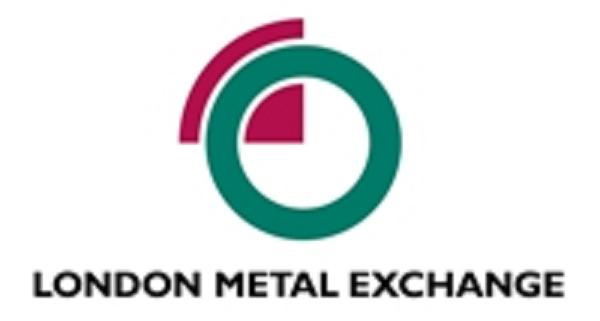
The Metal Exchange in London has its own characteristics. So, all participants in the precious metals market are provided with trading and clearing services from the London Association, which distributes forwards of gold and silver. Since the beginning of this century, a new platform has appeared, which is called LME Select.
Warehouses and storages of the exchange expand every year, so that trading is stabilized and more convenient. To obtain the status of a warehouse company, you must purchase a license and meet the criteria of the exchange.
Trading on the exchange is completely transparent, which helps build forecasts for months and years in advance. This is very important for all metal-related industrial enterprises.
Exchange participants provide free access to all industrialists. Transactions can be made on several platforms. It:
- electronic commerce;
- voice auction;
- trade by phone.
Metals for trading on the exchange
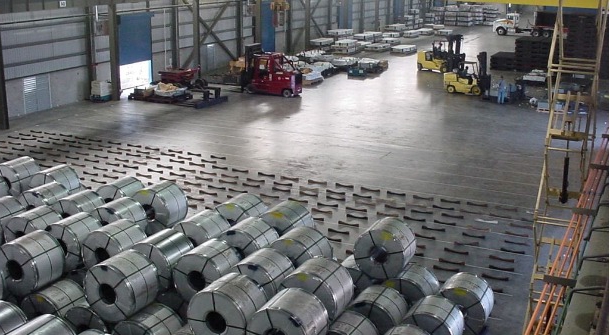
The London non-ferrous metals exchange includes the following types:
1) Aluminum is sold daily for a total value of more than twelve billion dollars. Since the metal has a very high liquidity, it is so popular in the market.
2) Copper is the second most popular, followed by aluminum. Copper sales are approximately $ 3 billion a day.
3) Zinc - also applies to basic metals at auction. The amount of daily trading in zinc is about $ 4 billion.
4) Nickel is sold in relatively small quantities, the amount of which is about a billion dollars.
In addition to these four metals, they sell tin and lead, but in much smaller volumes compared to the metals listed above.
Types of bidding
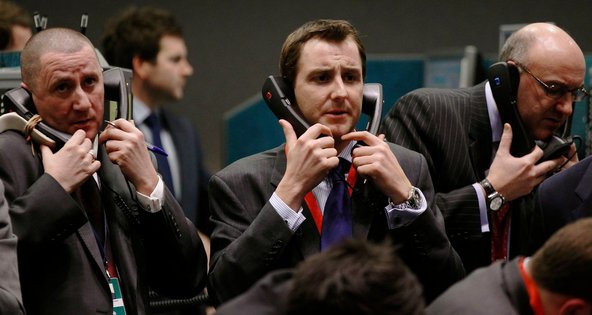
To date, there are three types of trading, which are the main ones. It:
1) Ring trade, where transactions are made all day from each exchange contract. The trade, called the "ring", lasts here for five minutes. There is a very convenient fixed point system for identifying trading firms. Only participants with the status of “ring dealers”, the number of which is only eleven, have the right to participate in tenders.
2) Between divisions, trading is conducted in bonds or in foreign currency. Contacting a broker, participants see its value.
3) LME Select Screen Trading System is a trading platform in electronic format. In practice, it complements the two previous sites. Its advantages are flexibility, the ability to customize it in your own way and many preferences. With its help, you can analyze the market and make successful transactions.
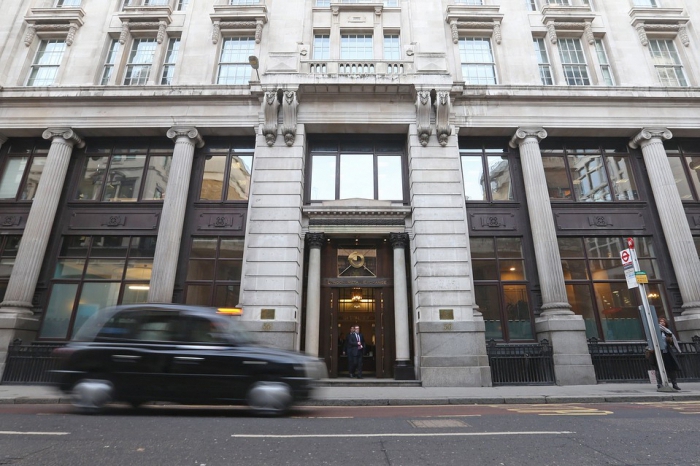
The London Metal Exchange is considered the world leader in non-ferrous metals. It skillfully combines classical reliability and modern innovations that open up new opportunities for market participants.